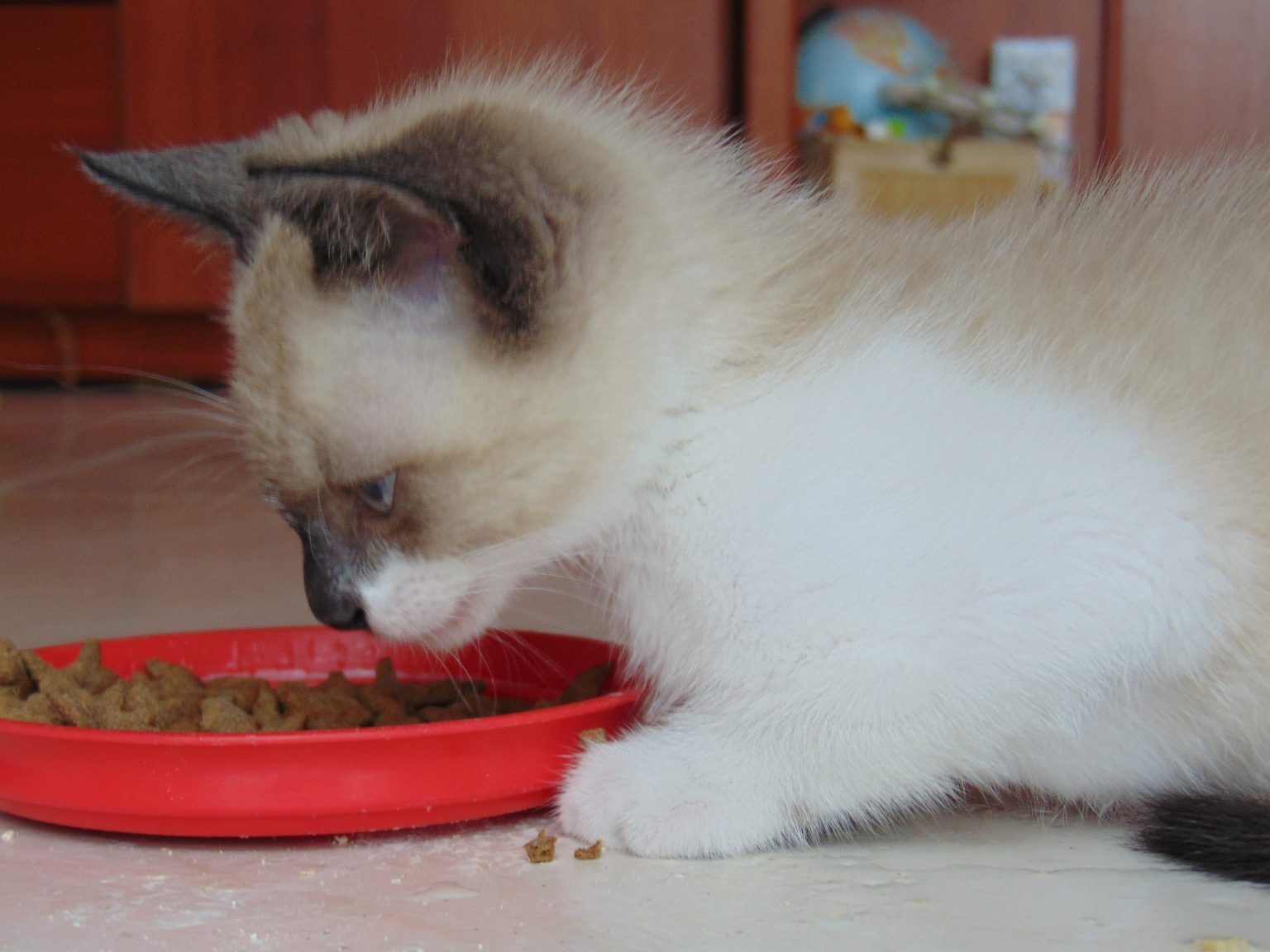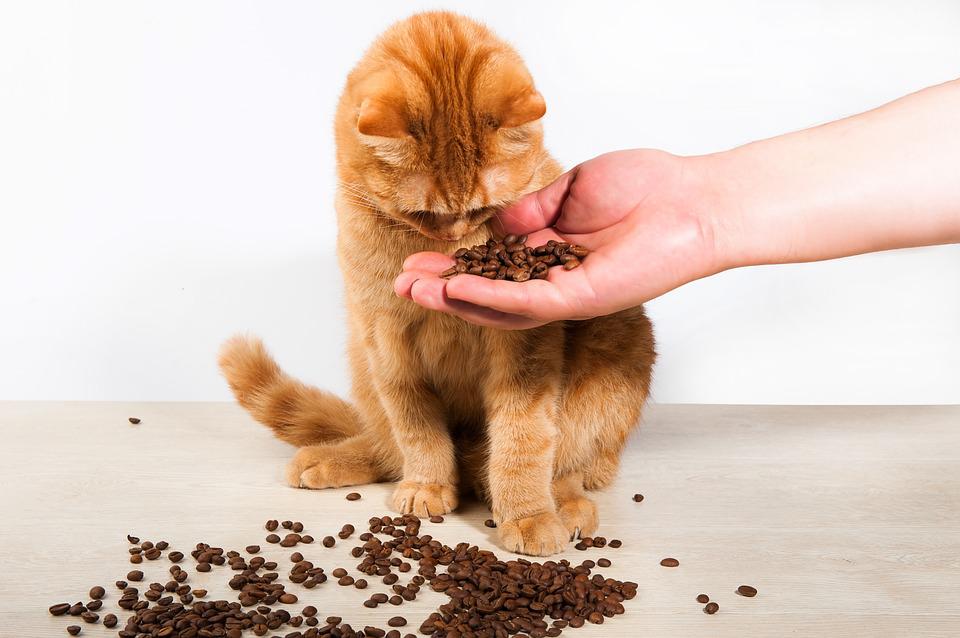
How to Feed Your Cat: A Complete Guide for Cat Owners
Feeding your cat is not just about providing them with food—it’s about nourishing their health and well-being. In this comprehensive guide, we will walk you through the essentials of cat nutrition, feeding schedules, portion control, choosing the right cat food, and more. Whether you’re a new cat owner or looking to improve your cat’s feeding routine, this article has you covered.
Understanding Your Cat’s Nutritional Needs
Cats are obligate carnivores, which means their bodies require specific nutrients found only in animal tissues. A high-quality commercial cat food that meets the Association of American Feed Control Officials (AAFCO) standards is essential. Look for formulas that have a balanced combination of proteins, fats, and carbohydrates to support your cat’s overall health. Proteins derived from animal sources like chicken or fish provide essential amino acids that contribute to healthy muscle development and maintenance. Fats supply energy and aid in the absorption of fat-soluble vitamins, while carbohydrates offer a source of energy and fiber for digestive health.
Creating a Feeding Schedule
Establishing a consistent feeding schedule is vital for your cat’s well-being. Cats thrive on routine, so try to feed them at the same time each day. Divide their daily food portion into multiple small meals to prevent overeating and obesity. This approach mimics their natural hunting behavior and keeps their metabolism active. If you have a kitten, they may require more frequent meals compared to adult cats. As your cat ages, their nutritional needs may change, so consult your veterinarian to determine the appropriate feeding frequency and adjust accordingly.
Portion Control and Monitoring

Overfeeding can lead to weight gain and associated health issues. It’s important to consult your veterinarian to determine the appropriate portion size for your cat based on their age, size, and activity level. Using a measuring cup or scale, accurately portion out their food to ensure they receive the right amount of calories. Avoid free-feeding, where food is available all the time, as it can lead to overeating. By monitoring your cat’s weight and body condition regularly, you can make adjustments to their food portions to maintain a healthy weight.
Choosing the Right Cat Food
With a multitude of cat food options available, it’s important to make an informed decision. Opt for reputable brands that offer a range of age-specific or specialized formulas. Consider your cat’s unique dietary needs, such as food allergies or sensitivities, and consult your veterinarian for recommendations if necessary. Read the ingredient list to ensure the primary ingredients are high-quality protein sources, and avoid products containing excessive fillers or artificial additives. Additionally, some cats may benefit from a wet food diet, which provides increased hydration and can be beneficial for urinary tract health.
Additional Tips and Considerations
- Ensure fresh and clean water is always available for your cat. Cats require access to water to maintain proper hydration.
- Avoid using plastic bowls for feeding, as they can harbor bacteria and cause chin acne. Opt for stainless steel, ceramic, or glass bowls instead.
- Monitor your cat’s weight and body condition regularly. Sudden weight loss or gain can be indicative of an underlying health issue.
- Be aware of foods that are toxic to cats, such as chocolate, onions, grapes, and certain artificial sweeteners like xylitol. Keep these foods out of reach.
- Pay attention to any changes in your cat’s appetite, litter box habits, or behavior, as they may indicate potential health problems. Consult your veterinarian if you notice any concerning signs.
Feeding your cat properly is an essential aspect of responsible pet ownership. By understanding their nutritional needs, establishing a feeding schedule, choosing the right cat food, and monitoring their portion sizes, you can contribute to their long and healthy life. Remember to consult your veterinarian for personalized guidance and ensure your furry friend receives the best care possible.





